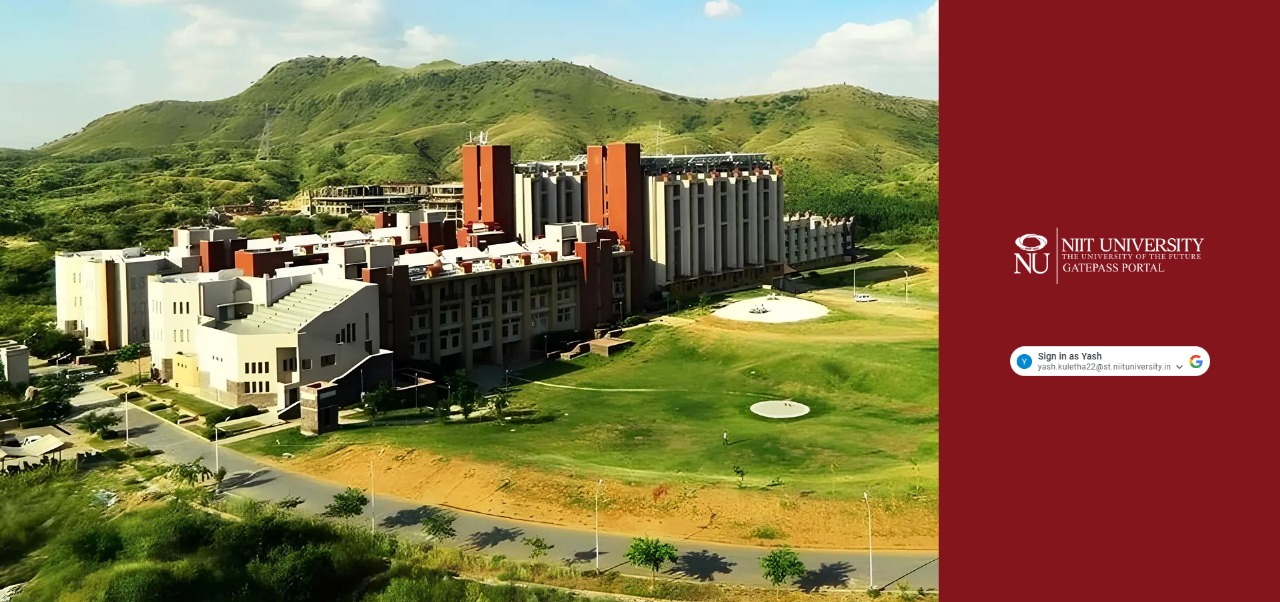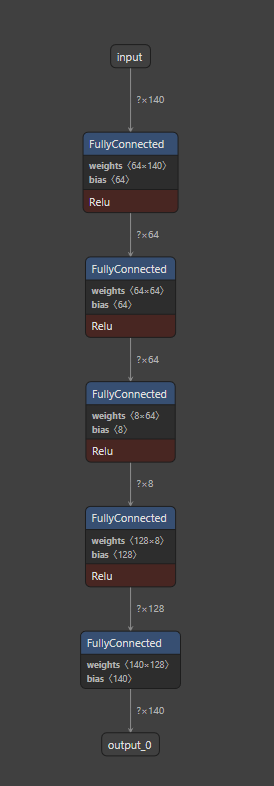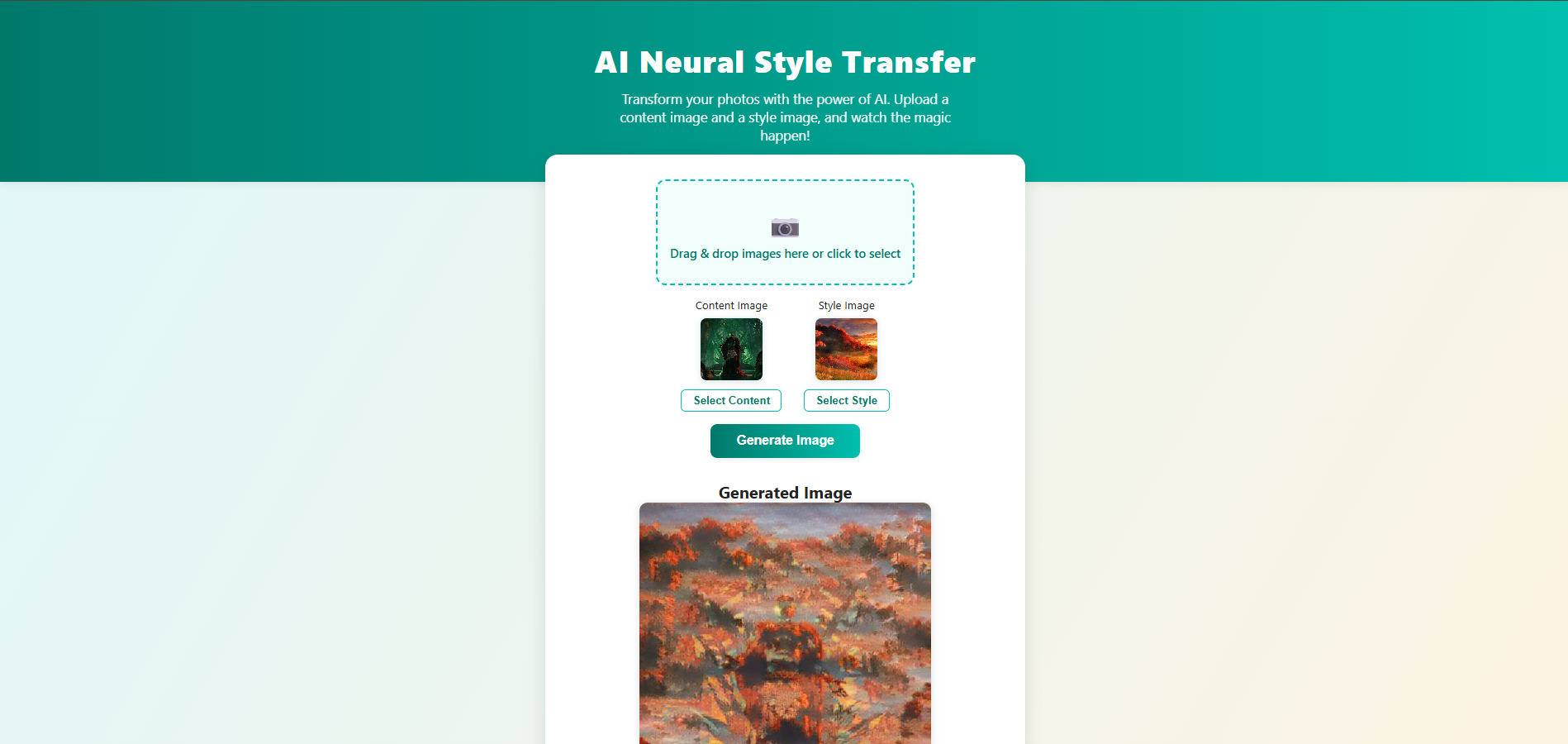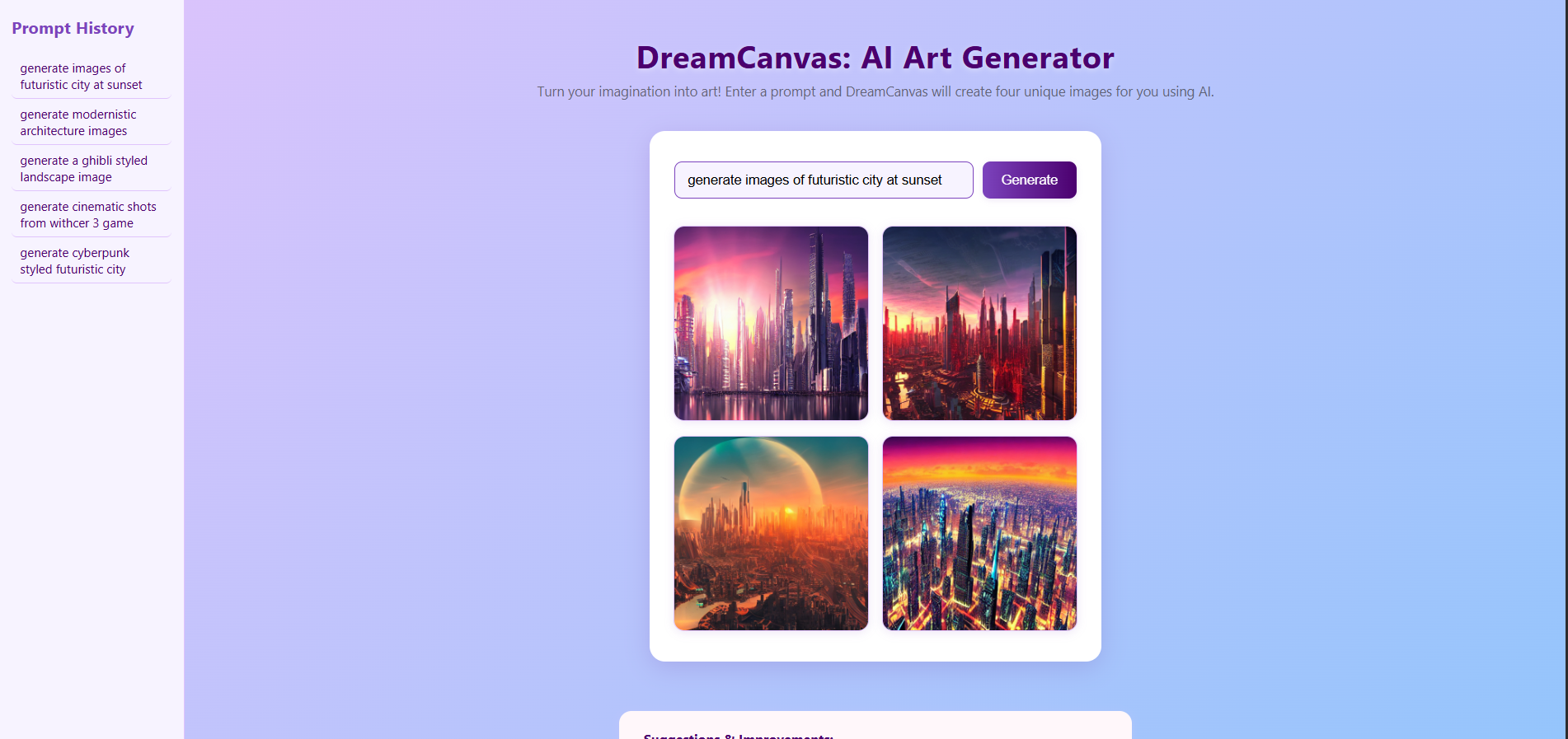An AI/ML enthusiast, passionate about data science, digital design, and continuous learning.
I have a curious relationship with technology — it never fails to amaze me, even as it sometimes intimidates. Despite that, I’m deeply fascinated by the rapid advancements in AI and Machine Learning, and I actively enjoy exploring and learning about them. I'm currently a final-year B.Tech student in Computer Science and Engineering. Beyond tech, I also have a strong interest in history and economics, which helps me view innovation through a broader, interdisciplinary lens.
I'm a passionate developer with a strong foundation in both front-end and back-end technologies. While I may not have years of industry experience yet, I’ve worked on real-world projects using technologies like React, Express.js, and Microsoft SQL Server. I’m also enthusiastic about automation and workflow optimization using the Microsoft Power Platform.
My journey in technology began with curiosity and has grown into a commitment to continuous learning and innovation. I’m especially drawn to the evolving fields of Artificial Intelligence and Machine Learning, and I enjoy exploring how they can be applied to real-world problems.
When I'm not coding, you can find me diving into books on Indian and European history or exploring economic theories. I believe that staying curious across disciplines helps me think more critically and creatively in tech.
Worked on Generative AI apps and Neural Style Transfer. Built web apps using FastAPI/Flask and collaborated on Stable Diffusion and TensorFlow solutions.
Built Resume Analyzer in Power Apps + Automate, visualized KPIs in Power BI; automated workflows and improved insight delivery.
Organized workshops for Blender, Photoshop, Premiere Pro and led a university-wide design competition at Sinusoid.

A live gatepass management platform currently used by 50+ test users at NIIT University, with plans for full-scale deployment to over 1,000 students. I contributed to both frontend and backend development — optimizing React components, implementing secure backend API routes, and managing data via Microsoft SQL Server. The system was built iteratively with real user feedback, and is actively maintained and improved through collaborative GitHub workflows.

This research project develops a general pipeline for deploying deep learning models on Arduino Nano 33 McU, following a structured approach: Data Collection & Preprocessing → Model Design with NAS → Pruning → Hyperparameter Tuning → QAT → PTQ → Benchmarking → Deployment. Applied to ECG anomaly detection using an autoencoder on the ECG5000 dataset, this pipeline employs Neural Architecture Search, pruning, and Quantization-Aware Training to achieve efficient inference.

A simple web-app that allows users to upload an image and apply a style to it using AI Neural Style Transfer using TensorFlow and TensorFlow hub. Built with Flask, HTML, CSS, and JavaScript. It is responsive and works on all devices.

DreamCanvas is a simple web application that was done as part of my internship at Prodigy Infortech. It leverages Generative AI (Stable Diffusion) to generate unique images from your text prompts. Built using FastAPI, HTML, CSS, and JavaScript. It is responsive and works on all devices.
This project contains a collection of supervised learning models that I have built using Python. It includes models for classification and regression tasks. The primary dataset used is California Housing Prices dataset. Models have been built using pandas, numpy, using regularization techniques to prevent overfitting.
This project contains code for handwritten digit recognition using multiple approaches, including a NumPy implementation, a Keras-based model, a vectorized approach, and a CNN-based model. It also has code about Decision trees including implementation of RandomForest and XGBoost algorithms on different datasets (toy and actual datasets both).
Stanford Online
Issued: July 5, 2025
Build & train supervised machine learning models for prediction & binary classification tasks, including linear regression & logistic regression
Stanford Online
Issued: July 8, 2025
Build and use decision trees and tree ensemble methods, including random forests and boosted trees
Stanford Online
Issued: July 8, 2025
Use unsupervised learning techniques for unsupervised learning: including clustering and anomaly detection
I'm always interested in new opportunities and exciting projects. Whether you have a question or just want to say hi, feel free to reach out!